Puno is known as ''the Folkloric capital of Peru'' because it has a wide and rich variety of traditions, dances and customs, many of them recognized as intangible heritage of Peru. Puno has a very characteristic festive calendar, here are the most important festivities of the Puno region.
Table of Contents
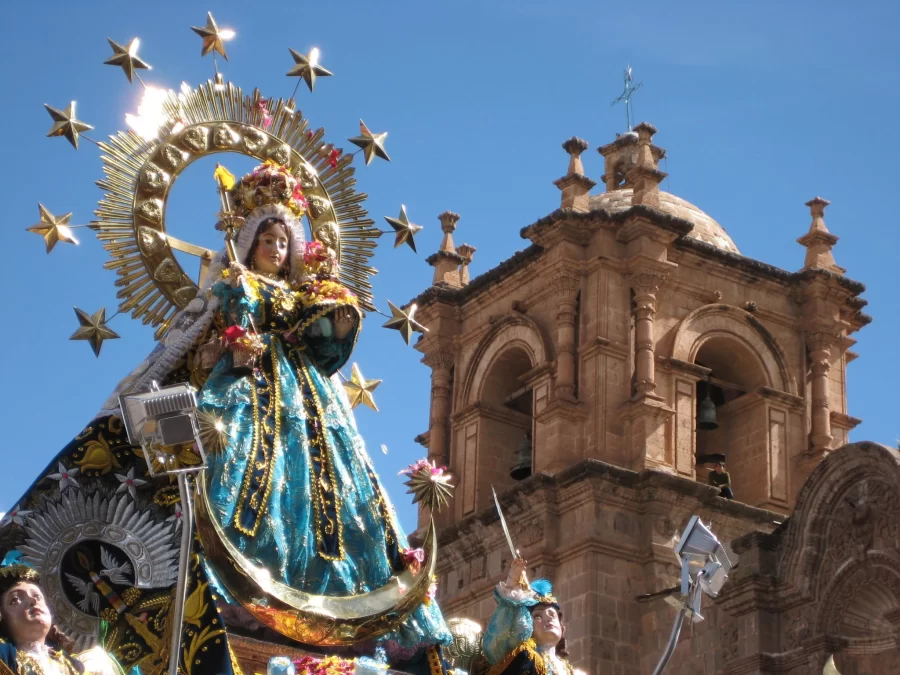
This is a celebration where the syncretism of the Andean culture with the European influence product of colonization is presented. It is a celebration of religious nature, in which you can witness the large number of devotees who attend the dawn mass and then accompany the Virgen de la Candelaria during her procession through the streets of Puno in the midst of dances, music and songs.
During the celebration also begins the dance competition where more than 170 groups make display of the most representative dances of Puno, with approximately 40,000 dancers and musicians.
If you want to visit Puno on these dates, you should book in advance, as Puno usually sees a large influx of tourists during this month.
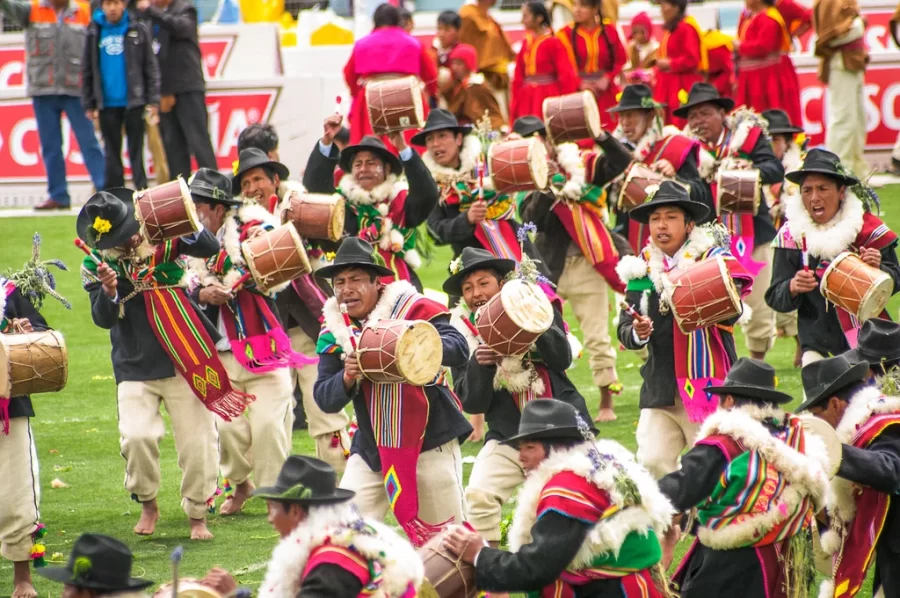
The carnivals in Puno are held throughout the month of February where the traditional ''cortamonte'' takes place during the celebration of the carnival of Puno you can see the traditional dances q'ajelos, the wifala, the tarkeadas, pinkilladas, kashuas, among others.
You must remember that part of the folklore is to play with colored talcum powder, streamers, foam and water, as well as highlighting that it is a rainy season in Puno so you should go with appropriate clothing, rain ponchos and warm jackets.
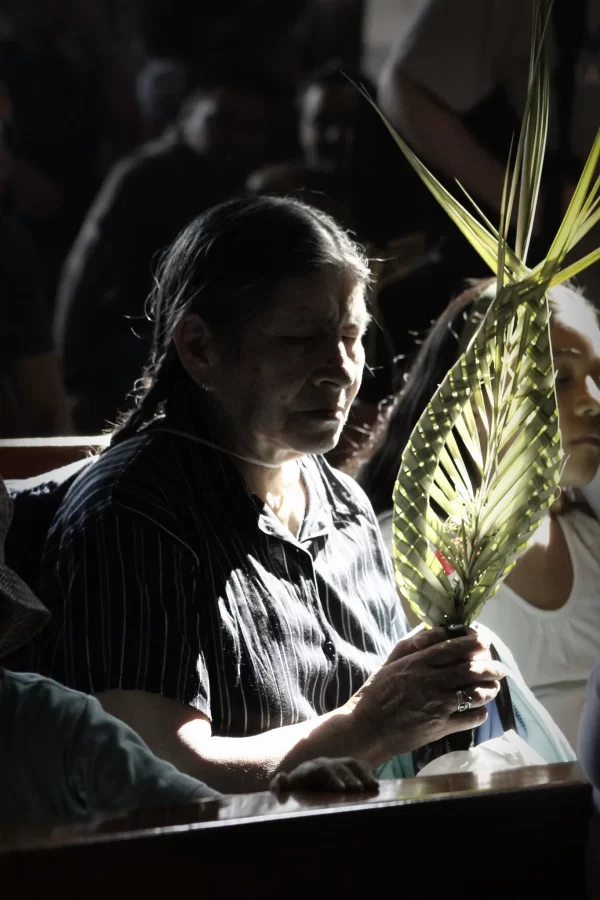
This is a celebration of movable date, it lasts a week starting on Palm Sunday, day in which the churches of Puno offer up to 7 masses a day due to the high influx of devotees.
It continues on Holy Thursday, where the people of Puno, climb the surrounding hills by way of penance, in search of thorns, and medicinal plants that are collected in the midst of prayers, likewise those who do not go to the mountains can acquire the thorns and medicinal plants in local markets.
On Good Friday, families are used to prepare the 12 dishes at home, based on agricultural products of the region and also fish and seafood caught in Lake Titicaca. During this day it is forbidden to consume red meat.
Finishing the Resurrection Sunday with the Gastronomic Fair called ''Sabor Santo'' in which the dishes made with Quinoa stand out like the Pesq'e or mazamorra, Thimp'u of trout, carachi or other fish of the lake Illaku uchu (ollucos chili) among others.
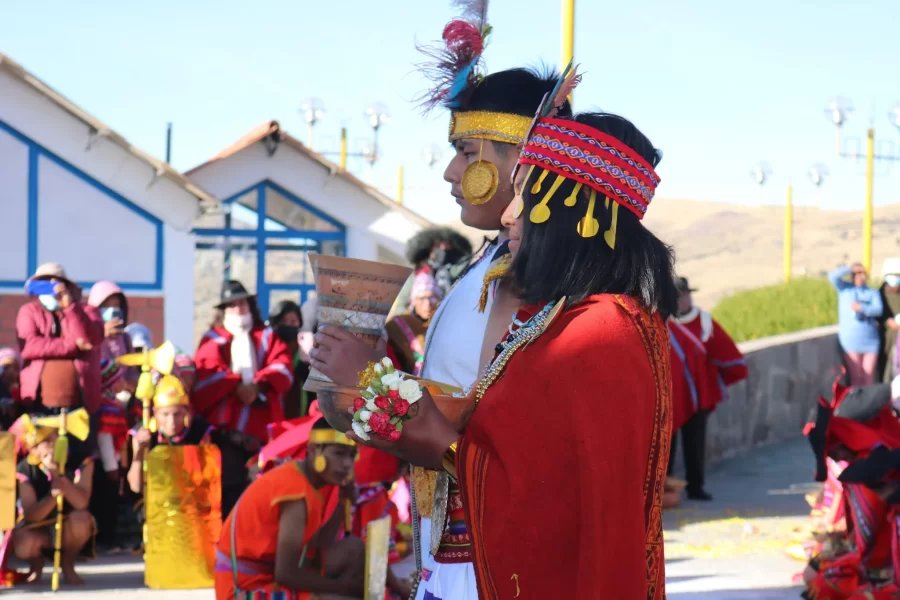
It is the celebration of the Andean New Year on June 21st in the winter solstice where in the middle of chants and music the new dawn is received called ''kantati ururi'' in the Aymara language. This is an ancient tradition that still remains within the thinking of the Andean man.
During the dawn of the day June 24 is made the mark of sheep, in order to increase their number, the tradition is to make a marriage between the 2 largest sheep of the flock, female and male with the best size and weight, these are revered and offered a kintu which is an armed with 3 coca leaves, in order that the flock increases its number with the symbolic union of the lambs.
Once the ceremony is over, the lambs are marked with brightly colored talcum powder that paints their wool, followed by a baptism with cold chicha to attract protection for the young that are born during the frosty season.
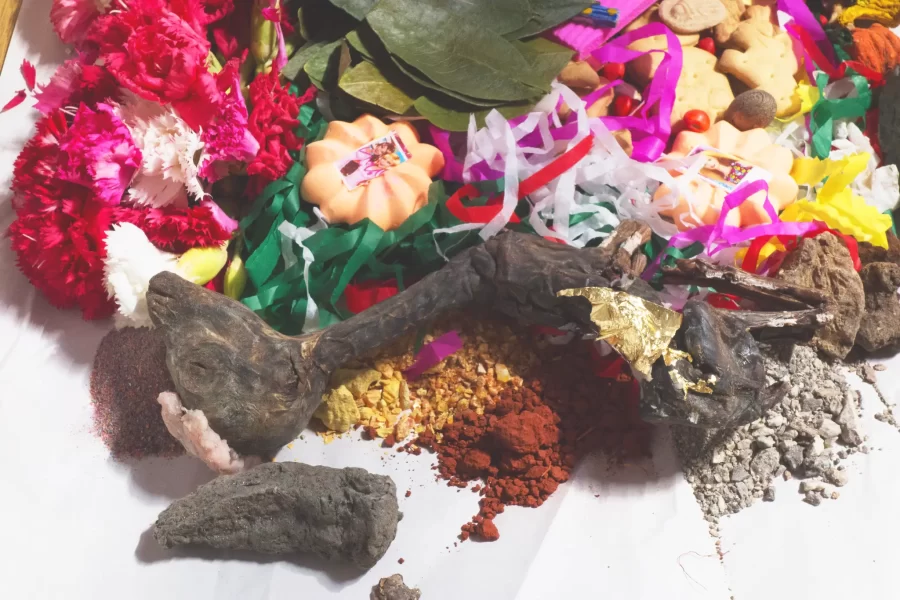
Annually, every first of August a ceremony of ''Challa a la tierra'' is performed, which coincides with the beginning of the agricultural activities, this is rooted in the customs of most Andean populations to consider the earth as the goddess Pachamama, mother earth.
In the city of Puno it coincides with the celebration of the Day of the Sicuris, so at night the sicuris offer a presentation of their music and songs.
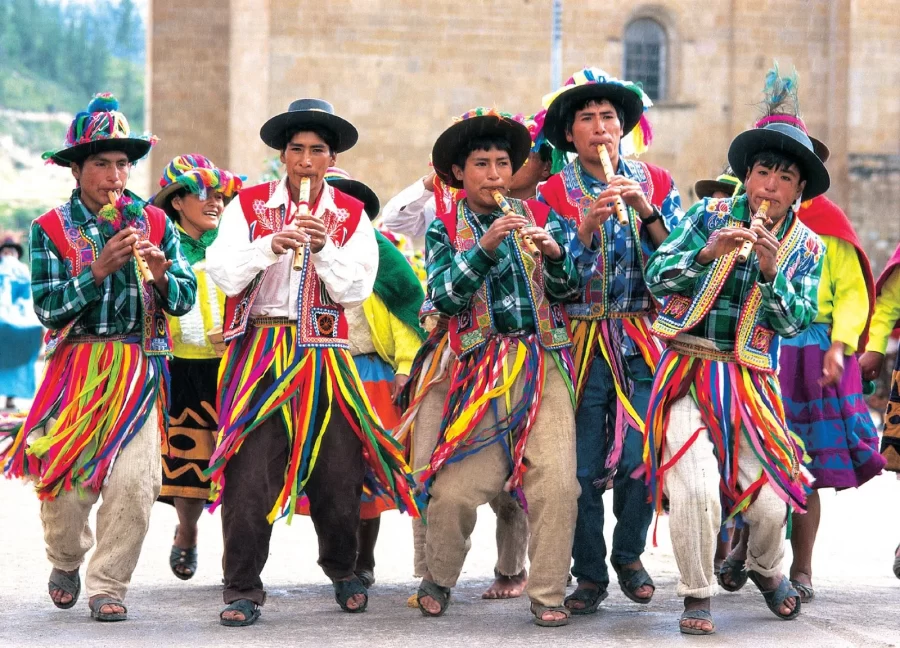
The Spanish foundation of the city of Puno was on November 4, 1668. Being this the same date of its anniversary.
It is a celebration that lasts 3 days, where parades and corsos are performed with the presentation of the most cheerful and colorful dances, each group of dancers makes display of the choreography rehearsed for months, as well as the most elaborate costumes of lights.
Likewise, free concerts and gastronomic fairs are offered in different parts of the city so it is also an opportunity to taste all the gastronomic potential of the city of Puno, the celebration continues and concludes with the staging of Manco Capac and Mama Ocllo.
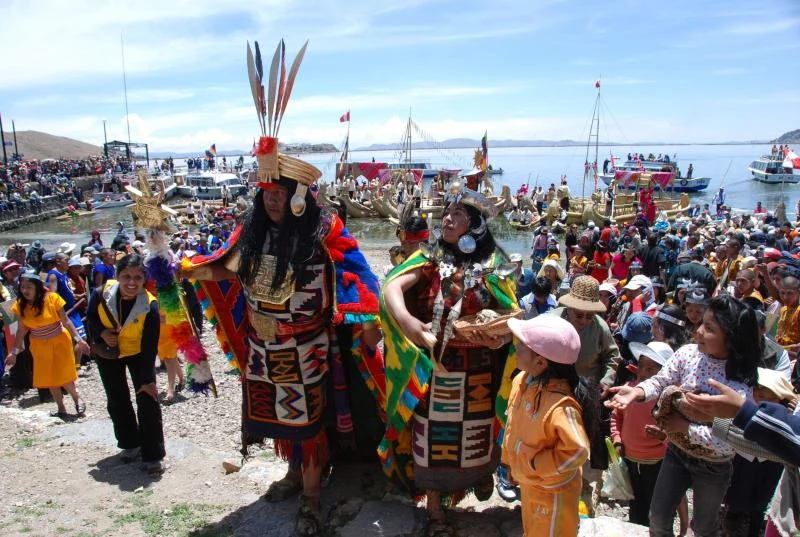
This is a tradition that takes place following the legend of Manco Capac and Mama Ocllo, mythical beings who according to oral tradition emerged from the waters of Lake Titicaca sent by the sun god, and who would be the founders of the Inca Empire in the valley of Cusco.
This is how in the city of Puno this festival is celebrated every November 6th where the actors who personify these mythical beings, begin their journey from the floating island of the Uros, once they arrive at the port they are carried on platforms to the city of Puno.
On the way they give corn, potatoes and ollucos as a sign of good omens so that food will never be lacking in the Andean villages and agricultural production will be good.
